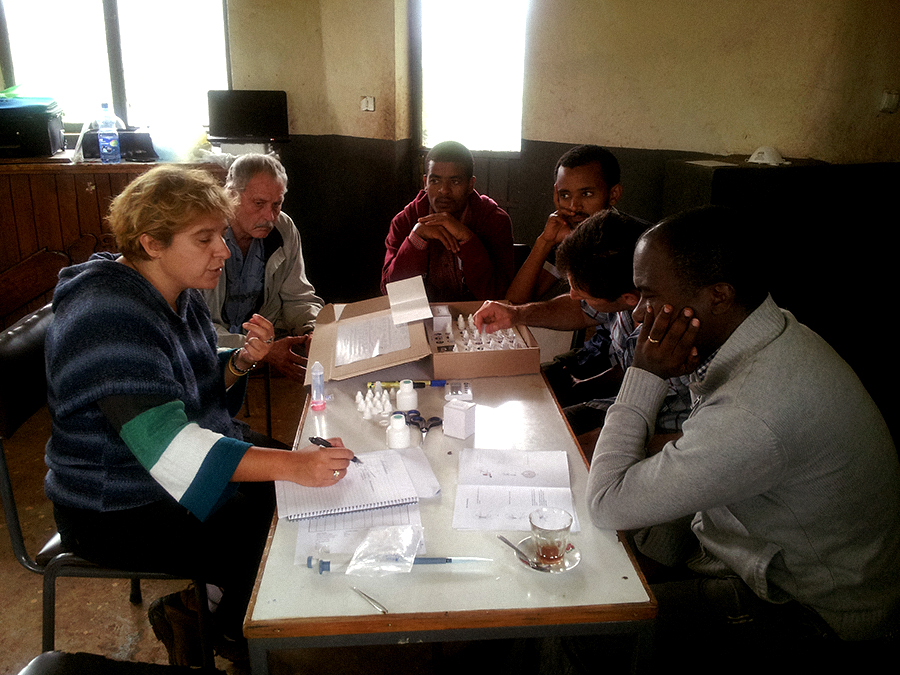Surveillance is the continuous and systematic collection, analysis and interpretation of disease-specific data, and the use of that data in the planning, implementation and evaluation of public health practice. It is essential in informing the best vector control options within differing conditions and therefore is the cornerstone of an Integrated Vector Management (IVM) programme.
Monitoring is part of a more comprehensive surveillance system that considers the entire life history of a pathogen within humans and/or animals. As a whole, surveillance and monitoring have several challenges and require extensive research and development to become a standard, cost effective addition to IVM. The main challenge being that effective entomological surveillance needs to be large-scale and therefore it is highly expensive.
The quality of the surveillance depends on interconnected parameters, including:
- Geographical area – targeted surveillance, quantity and type
- Seasonality – optimising deployment, cost efficiency and targeted surveillance
- Vector biology – understanding what surveillance equipment to deploy and when to deploy it
- Vector control – how to use surveillance information to inform optimal vector control options, different species, seasonality, disease dynamics and community acceptance
- Available tools – best practice, latest research, cost and availability
- Resources – budget, people, expertise, equipment, databases and training


